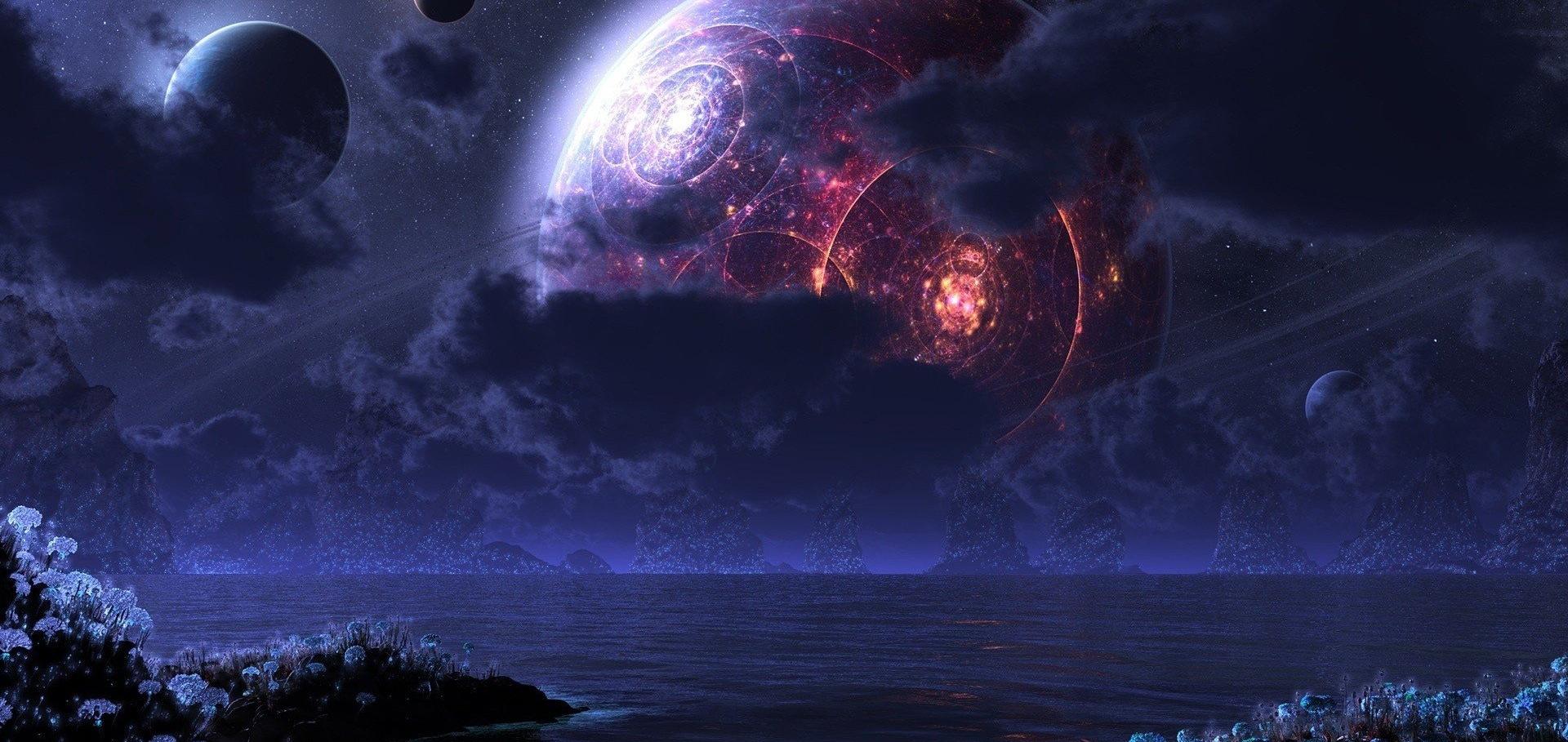Electron acceleration in laboratory-produced turbulent collisionless shocks
Nature Physics Springer Nature 16 (2020) 916-920
Abstract:
Astrophysical collisionless shocks are among the most powerful particle accelerators in the Universe. Generated by violent interactions of supersonic plasma flows with the interstellar medium, supernova remnant shocks are observed to amplify magnetic fields and accelerate electrons and protons to highly relativistic speeds. In the well-established model of diffusive shock acceleration, relativistic particles are accelerated by repeated shock crossings. However, this requires a separate mechanism that pre-accelerates particles to enable shock crossing. This is known as the ‘injection problem’, which is particularly relevant for electrons, and remains one of the most important puzzles in shock acceleration. In most astrophysical shocks, the details of the shock structure cannot be directly resolved, making it challenging to identify the injection mechanism. Here we report results from laser-driven plasma flow experiments, and related simulations, that probe the formation of turbulent collisionless shocks in conditions relevant to young supernova remnants. We show that electrons can be effectively accelerated in a first-order Fermi process by small-scale turbulence produced within the shock transition to relativistic non-thermal energies, helping overcome the injection problem. Our observations provide new insight into electron injection at shocks and open the way for controlled laboratory studies of the physics underlying cosmic accelerators.Laboratory Study of Bilateral Supernova Remnants and Continuous MHD Shocks
ASTROPHYSICAL JOURNAL 896:2 (2020) ARTN 167
Abstract:
© 2020. The American Astronomical Society. All rights reserved. Many supernova remnants (SNRs), such as G296.5+10.0, exhibit an axisymmetric or barrel shape. Such morphologies have previously been linked to the direction of the Galactic magnetic field, although this remains uncertain. These SNRs generate magnetohydrodynamic shocks in the interstellar medium, modifying its physical and chemical properties. The ability to study these shocks through observations is difficult due to the small spatial scales involved. In order to answer these questions, we perform a scaled laboratory experiment in which a laser-generated blast wave expands under the influence of a uniform magnetic field. The blast wave exhibits a spheroidal shape, whose major axis is aligned with the magnetic field, in addition to a more continuous shock front. The implications of our results are discussed in the context of astrophysical systems.Axion detection through resonant photon-photon collisions
Physical Review D American Physical Society (APS) 101:9 (2020) 95018
Transport of high-energy charged particles through spatially-intermittent turbulent magnetic fields
Astrophysical Journal American Astronomical Society 892:2 (2020) 114


